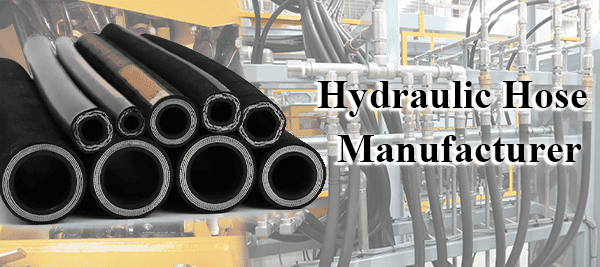There are many different types of hose clamps, and choosing the right hose clamp won’t cause your hose to leak or break. ในบทความนี้, I’ll take a closer look at the two most common clamps for silicone hoses and help you choose the right clamp.
The two most common clamps for ท่อซิลิโคน are worm gear clamps and T-bolt clamps. Worm gear clamps are easy to install and economical, and are suitable for low-pressure applications. T-bolt hose clamps provide a stronger, more uniform seal and are suitable for high-pressure applications. Both clamps are usually made of stainless steel, which is corrosion-resistant.
Let’s take a look at the differences, advantages, and uses of these clamps to help you make a better choice
What are the different types of clamps for silicone hoses?
Hose clamps come in a variety of types, but for silicone hoses, especially in automotive and industrial environments, the two most common clamps are:
- หนีบเกียร์หนอน – devices that tighten the hose with a strap and screw.
- ตัวหนีบ T-Bolt – heavy-duty clamps with bolts and nuts that provide 360° clamping force.
Other clamps include spring clamps, ear clamps, and constant torque clamps, but they are rarely used for silicone hoses due to pressure, ความทน, and other issues.
Can I use a worm gear clamp on a silicone hose?
ใช่, but worm gear clamps are best for low to medium pressure applications. They are easy to install with just a screwdriver and are low-cost. อย่างไรก็ตาม, for softer silicone hoses, they can cut the silicone hose if they are tightened too much
Are T-bolt clamps better than worm gear clamps?
T-bolt clamps have many advantages and are the best choice for high-performance applications
- 360° uniform clamping pressure
- High pressure and vibration resistance for a stronger grip
- Crimp design to reduce hose damage
- Made of stainless steel for rust resistance
Why do silicone hoses need special clamps?
Silicone hose is flexible and expands when heated, unlike rubber. This means your hose clamp needs to:
Bend slightly when the temperature changes
Not cut or squeeze the hose wall
Maintain a consistent seal at different pressures
This is why standard hose clamps often fail – they either come loose or damage the hose. T-bolts and worm gear clamps made of corrosion-resistant stainless steel solve this problem and are usually included in silicone hose kits
How do I properly install a T-bolt hose clamp?
Installing a T-bolt hose clamp is simple, but requires some attention to detail:
Slip the hose clamp over the hose before attaching it to the fitting.
Position the hose clamp just behind the raised edge of the fitting (not too close to the end).
Tighten the bolts using a torque wrench. Follow the manufacturer’s torque specifications—usually between 40-60 inch-pounds.
Double-check after applying system pressure and retighten if necessary.
Avoid over-tightening, which can cause the hose or fitting to deform.



